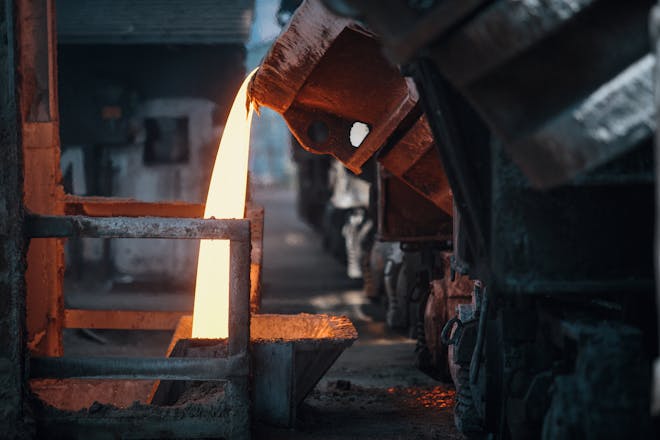Reverse Sear Prime Rib in Cast Iron: Your Ultimate Guide
When it comes to cooking a prime rib to perfection, the reverse sear method using a cast iron skillet is unparalleled in its ability to produce a perfectly cooked, tender, and flavorful result. This technique involves slow-cooking the prime rib first, and then finishing it with a high-temperature sear.
The Reverse Sear Method Explained
The reverse sear technique is a game-changer for cooking thick cuts of meat like prime rib. It starts with roasting the meat at a low temperature and finishes with a sear in a blazing hot cast iron skillet. This method offers control over the doneness, ensuring the prime rib is cooked evenly from edge to edge.
Starting Low and Slow
Begin by preheating your oven to a low temperature, typically around 225°F (107°C). Season your prime rib generously with salt, pepper, and any other spices you prefer. Place the prime rib on a rack in a roasting pan and insert a meat thermometer into the thickest part of the meat. Roast until the thermometer reads about 10-15 degrees below your desired final temperature; this will account for the additional cooking during the searing process.
The Role of Cast Iron in Reverse Searing
Cast iron skillets are ideal for the reverse sear method due to their ability to retain and evenly distribute heat. After your prime rib has reached the desired temperature in the oven, heat your cast iron skillet over high heat on the stovetop until it’s smoking hot. Carefully transfer the prime rib to the skillet and sear each side for about 1-2 minutes, or until a beautiful crust has formed.
Resting Your Prime Rib
Once you have achieved a golden-brown crust on all sides of the prime rib, transfer it to a cutting board and let it rest. Resting allows the juices to redistribute throughout the meat, ensuring that every slice is juicy and full of flavor. A good rule of thumb is to rest the meat for at least half the time it was in the oven.
Carving and Serving
After resting, it’s time to carve your prime rib. Use a sharp knife to slice the meat against the grain to your desired thickness. Serve immediately and enjoy the succulent, tender flavors that only the reverse sear method can achieve.
Additional Tips for Perfecting the Reverse Sear
- Invest in a Quality Thermometer: Monitoring the internal temperature of your prime rib is crucial for the reverse sear method. A reliable meat thermometer will ensure you pull the meat out at the perfect time.
- Allow the Meat to Reach Room Temperature: Before roasting, let your prime rib sit at room temperature for about an hour. This step helps the meat cook more evenly.
- Don’t Skip the Resting: Resting is just as important as the cooking process itself. It’s tempting to cut into the meat right away, but patience will pay off with better results.
By following this guide, you’ll be able to master the reverse sear method for prime rib in a cast iron skillet. The result will be a show-stopping centerpiece for any special occasion or a luxurious weekend dinner.
